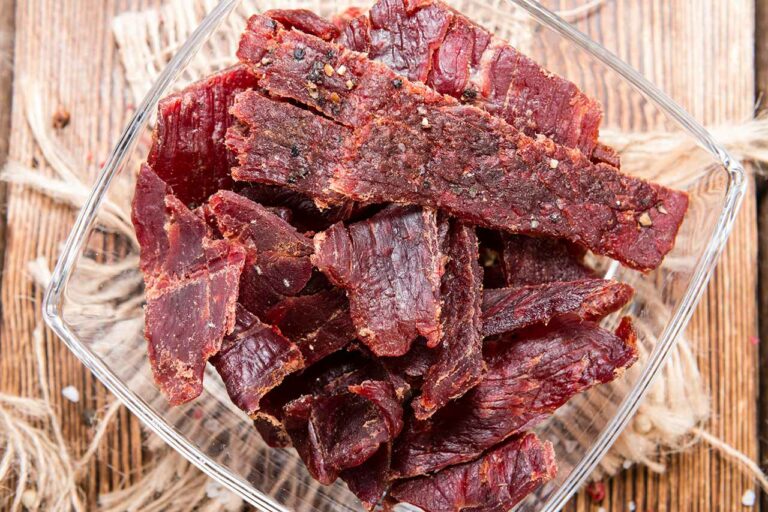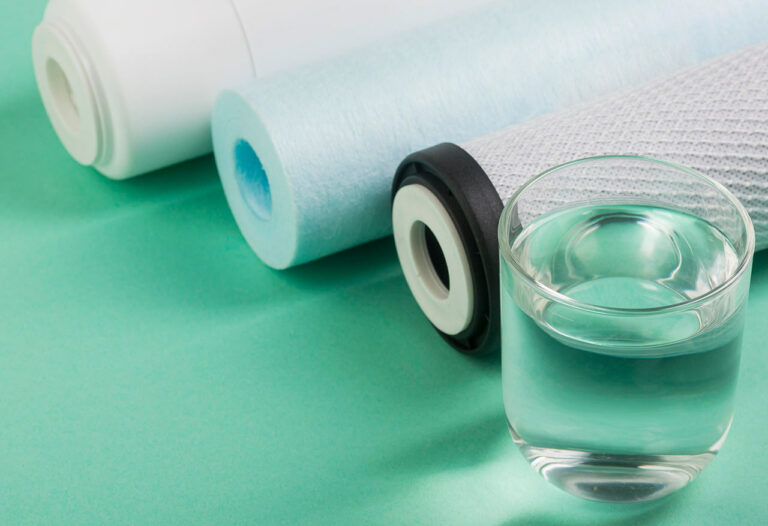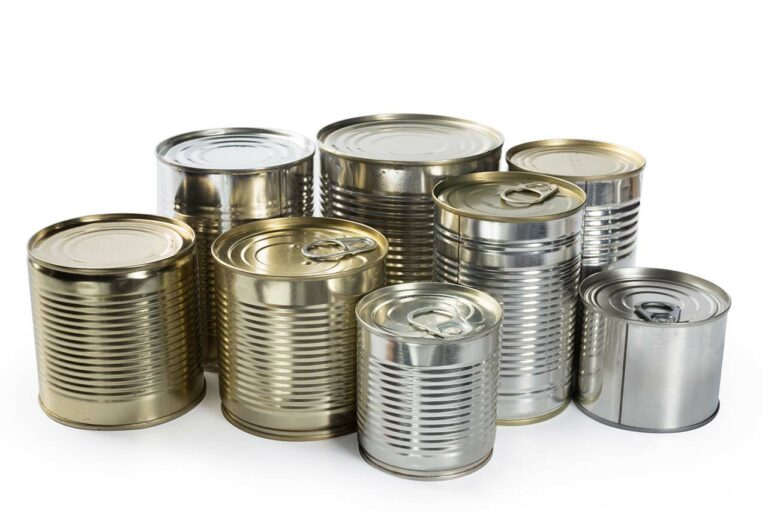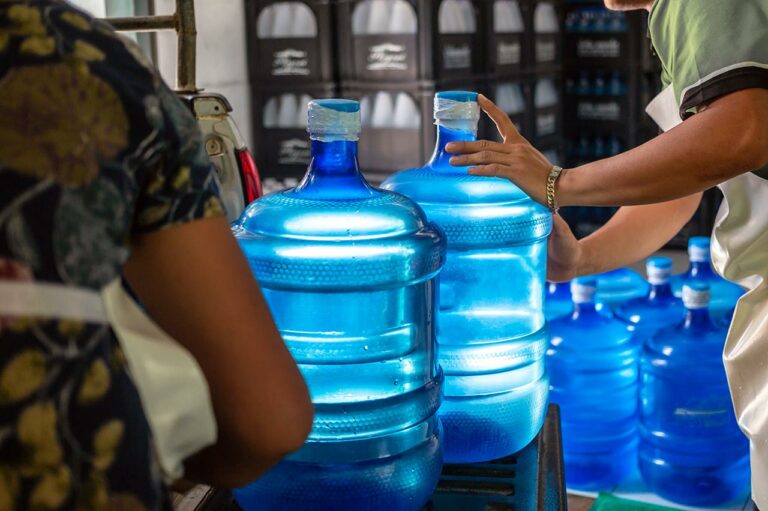How Long Does Lifestraw Last? (Lifespan Facts Explained)
As an avid adventurer or survivalist, you’ve probably come across the Lifestraw, a portable personal water filter that has gained immense popularity over the years. This incredible little device has proven to be a game-changer for those who need clean drinking water on-the-go, whether you’re hiking, camping, or caught out in an emergency situation.
The Lifestraw is designed to provide a convenient, reliable means of filtering water while out in the wilderness. It’s easy to use and lightweight, making it a must-have tool in your backpack.
But just how long does a Lifestraw last? Let’s get into it.
Lifestraw Capacity and Lifespan
When it comes to Lifestraw’s capacity and lifespan, there are a few key points to keep in mind.
A Lifestraw can process up to 1,000 gallons (3,785 liters) of water throughout its lifetime, according to the company. This means it can be relied upon to provide clean and safe drinking water for an extended period of time.
But the lifespan of a Lifestraw primarily depends on how often you’re using it and how much water you’re filtering at a time.
The average person consumes 15-30 gallons of drinking water per month (to meet daily requirements). So, for a single person using a Lifestraw for all daily drinking water, you can expect the Lifestraw to last around:
- 5.5 years at 0.5 gallons per day
- 2.75 years at 1 gallon per day
Of course, this depends on other factors, including:
- The quality of water being filtered. Water with higher levels of particulates will cause the filter to become clogged more quickly.
- Usage frequency. Using the Lifestraw multiple times a day, especially in environments with a lot of sediment, may wear it out faster.
- Maintenance. Proper care and cleaning after use will play a role in how long your Lifestraw lasts.
Maintenance and Cleaning
Keeping your LifeStraw in tip-top shape is essential for maintaining its effectiveness and ensuring clean drinking water when you’re in the wild. Regular maintenance and cleaning can help prolong the life of your LifeStraw, giving you more uses before the filter needs replacing.
To clean a Lifestraw:
- Remove the carbon filter, if your LifeStraw model has one. Give the filter about 20-30 minutes to dry. Don’t worry if your model doesn’t have a carbon filter – simply proceed to the next step.
- Submerge your LifeStraw in clean water and give it a few gentle shakes. This will help dislodge any particles trapped inside. It’s important to do this after each use to prevent clogging.
- Backwash the Lifestraw. To do this, after submerging the LifeStraw in clean water, forcefully blow air through the mouthpiece. This will push out any trapped debris and ensure optimum performance.
- Flush the LifeStraw with clean water.
- Properly store your LifeStraw. Once it’s clean and dry, keep your Lifestraw in a cool, dry place away from direct sunlight. This will help maintain the Lifestraw’s efficiency and prolong its lifespan.
Storing Your Lifestraw
Proper storage of your Lifestraw is essential to ensuring its longevity and effectiveness. When it comes to long-term storage of a Lifestraw, there are a few key factors to keep in mind.
Always clean your Lifestraw before storing it away. Backwash the filter by blowing air through the mouthpiece to clear any debris and excess water. This will help prevent clogging and maintain the unit’s filtering capabilities.
Store the Lifestraw in a cool, dry place, away from direct sunlight or extreme temperatures. Exposure to heat, moisture, or freezing conditions could damage the filter and reduce its effectiveness over time.
Here are some tips for safely storing your Lifestraw for extended periods:
- Keep it in a clean, dry, and well-ventilated area.
- Avoid placing heavy objects on top of the Lifestraw to prevent damage.
- Don’t compress or bend the Lifestraw, as this might harm its internal components.
Remember, an unused Lifestraw can last up to five years in storage without any performance issues. However, you should always inspect your Lifestraw before use, especially if it has been stored for a long time. Check for any visible damage, and make sure the filter works correctly before relying on it for water purification.
Troubleshooting a Clogged LifeStraw
One thing that can happen with your Lifestraw that doesn’t necessarily mean it’s no longer in working order is a clog. When this happens in the wild, it can be a stressful experience, but it is possible to unclog your Lifestraw. Here’s how you do it:
Backwash your LifeStraw.
This involves blowing air through the straw in the opposite direction of the water flow. Doing this helps remove any debris and particles lodged inside the Lifestraw’s filter. Make sure to do this regularly after usage to maintain the filter’s performance.
If your LifeStraw is still clogged after backwashing, it might be due to accumulated debris inside the membrane microfilter, especially if you’ve been using it heavily. In this case:
Hydrate the membrane microfilter.
This is done by soaking it in clean water for an hour. Once the membrane’s hydrated, rinse the membrane under tap water for one minute, making sure to rinse from both sides.
Clean the mouthpiece.
Once you’ve backwashed your Lifestraw and hydrated the filter, it’s important to clean the mouthpiece and all the surfaces of your LifeStraw. If you’ve got a LifeStraw Go bottle, remember to reinsert the carbon filter before starting to use it again.
Replacing the Lifestraw
While a Lifestraw can last a good long time when properly used and maintained, it’s important to keep track of usage, as the lifespan of a Lifestraw mainly depends on the amount of water filtered and how often it’s used.
So, when do you know it’s time for a change? Well, when certain models of Lifestraw hit the end of their lifetime, water will simply stop flowing through it. This prevents usage of the straw when it no longer has the capability to filter to impurities.
However, you may want to stop using your Lifestraw before that. Other signs it’s time for a filter change include:
- Decreased flow rate: If the water flow rate significantly slows down, even after cleaning or backwashing, the filter might be getting clogged and approaching its end of life.
- Altered taste or smell: While not a definitive sign, if the filtered water starts having an unusual taste or odor, it might indicate that the filter isn’t working effectively and should be replaced.
Frequently Asked Questions
How often should I replace my LifeStraw?
It really depends on how frequently you’re using it. The overall lifespan of a LifeStraw primarily depends on the amount of water that’s being filtered and how often you use it. If you’re storing a Lifestraw in its original packaging in your survival supply, you should switch out the Lifestraw at least every 5 years.
How do you know when LifeStraw is no longer effective?
When a LifeStraw reaches its maximum filtering capacity, it will naturally stop drawing water. This is your signal that it’s time to replace the filter. Before that, you may notice decreased flow rate and changes to taste or smell.
What is the maximum capacity of LifeStraw?
The maximum capacity of LifeStraw is roughly 1,000 gallons (3,785 liters) of water. Once you’ve filtered this amount of water, the filter will need to be replaced to maintain its effectiveness. This capacity allows you to have access to safe drinking water throughout your outdoor adventures or in emergency situations.







